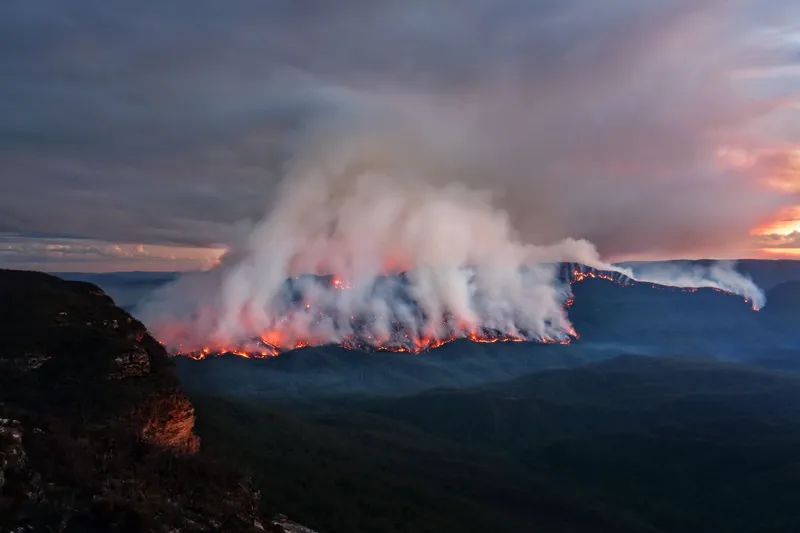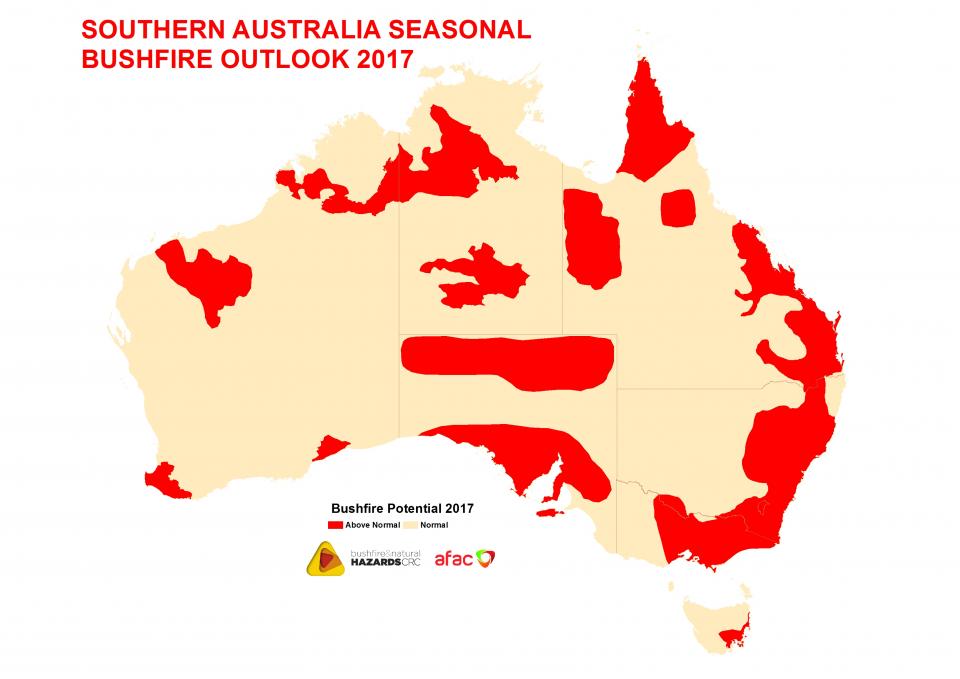Unlocking the Secrets of Bushfire Threat Evaluation: The Duty of a BAL Report
Unlocking the Secrets of Bushfire Threat Evaluation: The Duty of a BAL Report
Blog Article
Navigating Shrub Fire Protection Regulations With BAL Record
Central to this venture is the Bushfire Attack Degree (BAL) record, an important document that analyzes the possible exposure of a residential or commercial property to bushfire. By diving into the complexities of BAL evaluations and their ramifications for developing compliance, stakeholders can proactively handle bush fire threats and protect properties versus possible hazards.
Recognizing Shrub Fire Security Regulations
To successfully navigate the complexities of bush fire protection regulations, it is vital to have a clear understanding of the controling standards and needs in area. Bush fire defense guidelines are essential for guarding residential properties and lives in areas vulnerable to bushfires. These regulations develop the requirements and procedures that property proprietors must stick to in order to alleviate the dangers connected with bushfires.

Importance of BAL Evaluations
Understanding the importance of BAL evaluations is pivotal in ensuring conformity with bush fire protection guidelines and successfully minimizing the risks connected with bushfires. BAL evaluations, which figure out the Bushfire Attack Degree of a residential property, are important for developing appropriate bush fire defense procedures tailored to the specific risk account of the site. By assessing elements such as vegetation kind, range to potential fire dangers, and slope of the land, BAL assessments give valuable understandings into the level of danger a building deals with during a bushfire occasion.

Effects for Building Conformity
Browsing via structure conformity demands according to BAL analyses is necessary for making certain structures are properly fortified versus the risks posed by bushfires. Building compliance refers to sticking to the regulations and standards set forth to improve the security and durability this of structures in bushfire-prone areas. The implications of building compliance in regard to BAL evaluations are significant. Frameworks that fall short to satisfy the essential conformity standards are at a greater danger of receiving damage or destruction throughout a bushfire occasion. This not only jeopardizes the occupants yet also poses a threat to the surrounding environment.
Ensuring building conformity includes careful preparation, building and construction, and maintenance to minimize the potential effect of bushfires. It requires a comprehensive understanding of the BAL ranking designated to the building and implementing the proper steps to enhance its fire security abilities.
Handling Bush Fire Risks Effectively
Offered the vital relevance of building conformity in strengthening structures versus bushfire risks, efficiently managing these risks requires a thorough technique that focuses on proactive mitigation methods. Clearing up combustible plants, creating defensible rooms, and making sure proper upkeep can significantly decrease the danger of fire spreading to the building. By combining these positive actions, residential or commercial property owners can efficiently handle bushfire risks and increase the safety of their passengers and frameworks.
Practical Tips for Homeowners and Developers
Efficiently taking care of bushfire threats as a homeowner or developer necessitates executing practical reduction strategies customized to the residential or commercial property's details susceptabilities and surroundings. Ensuring that wall surfaces, windows, and roofs are built Get More Information or updated to meet appropriate bushfire protection criteria is necessary.
Additionally, producing an emergency situation plan and practicing evacuation drills with family members, lessees, or workers can conserve lives in the occasion of a bushfire. Remaining notified regarding local fire danger scores, climate condition, and emergency situation notifies is also essential for making prompt decisions to secure life and residential or commercial property. Last but not least, engaging with regional fire authorities, neighborhood groups, and experts experienced in bushfire monitoring can supply important advice and support in establishing detailed bushfire defense techniques.
Final Thought
Finally, browsing bush fire security policies with a BAL report is critical for making sure building conformity and taking care of bush fire risks successfully. Recognizing the relevance of BAL analyses and complying with practical tips can help house owners and developers alleviate the influence of bush fires. By adhering to these laws and taking necessary safety measures, people can produce safer environments for themselves and their neighborhoods.
Trick parts of bush fire protection guidelines include the Bushfire Assault Degree (BAL) analysis, which establishes the degree of risk a residential or commercial property encounters from bushfires. BAL view assessments, which establish the Bushfire Assault Level of a home, are critical for developing ideal bush fire protection measures tailored to the specific threat profile of the website. By examining factors such as vegetation type, distance to prospective fire hazards, and incline of the land, BAL assessments offer valuable understandings right into the degree of danger a building deals with during a bushfire event.

In verdict, navigating bush fire protection guidelines with a BAL record is critical for making sure building conformity and taking care of bush fire threats successfully.
Report this page